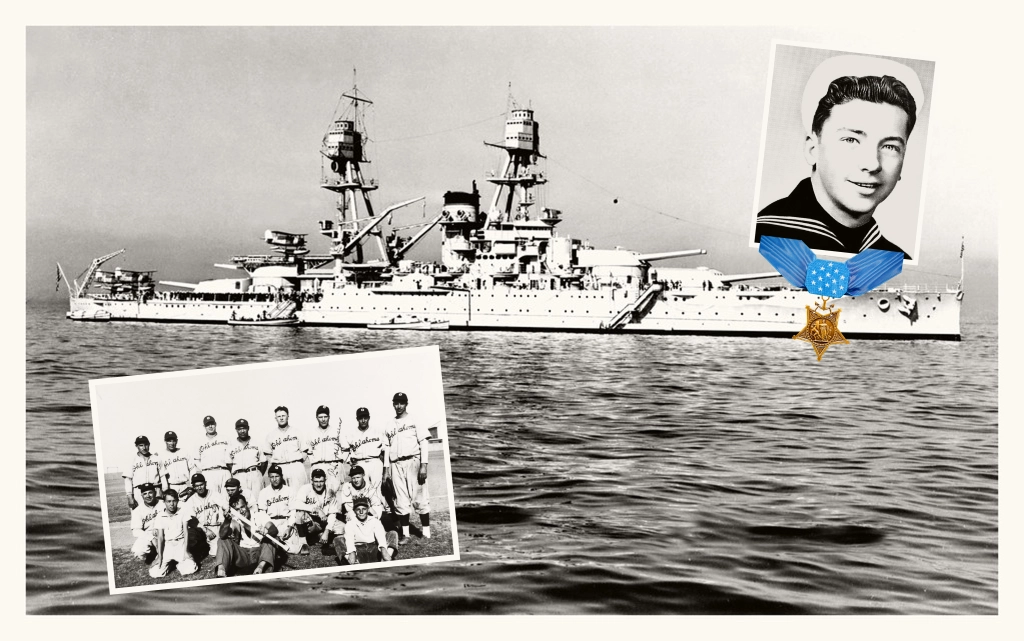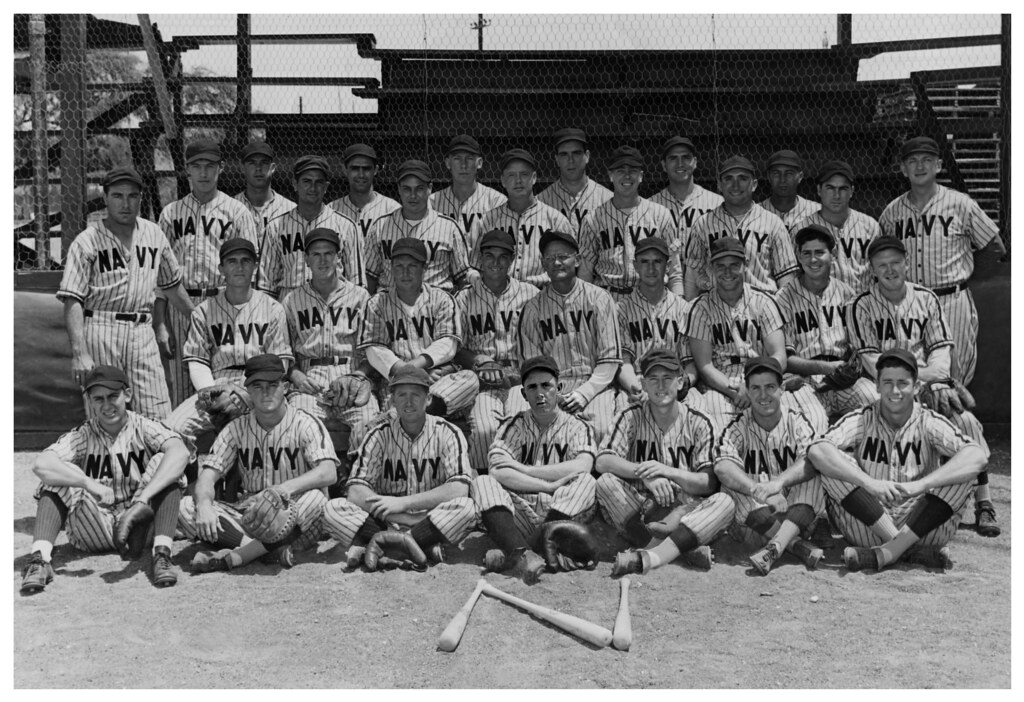On June 25, 1950, the Communist Korean People’s Army (KPA) headed south, crossing the border, the 38th parallel, invading the southern part of the Korean Peninsula in open warfare against the free people of the Republic of Korea and igniting what would be known as the Korean War. That same day, lying at anchor in Hong Kong harbor, the commanding officer of the Essex-class aircraft carrier USS Valley Forge (CVA-45) received orders to weigh anchor and set a course for Okinawa after a stop at Naval Station Subic Bay for replenishment.

Eight days after pulling up anchor in Hong Kong, the first carrier strikes of the Korean War flew from the flight deck of the Valley Forge. Multiple waves of naval aircraft were launched from the carrier against ground targets in Pyongyang, including a military airfield, rail yards and fuel depots. The Valley Forge had prop aircraft, including the WWII Navy and Marine Corps fighter Vought F4U Corsair and the Douglas A-1 Skyraider that debuted following the end of that war. Another historic aspect of these first strikes was the first use of jet fighter aircraft as Valley Forge’s Grumman FPF Panthers downed Soviet-made Yakovlev Yak-9 fighters attempting to intercept the strikes.
USS Valley Forge remained on station for the next few months. The United States began landing troops at Inchon in late September with the ship’s aircraft providing cover. Valley Forge concluded her first wartime deployment and departed Korean waters in late November, having conducted more than 5,000 combat sorties. By the spring of 1953, USS Valley Forge was a veteran of four combat tours during the Korean War.
During arduous deployments, the intensity of a combat-focused operational pace without breaks can be a detriment for warship crews. Recreation is a requirement for crews to maintain focus and to keep skills sharp. Without intervals of rest and recreation, the forces of a ship can be vulnerable to complacency and accidents. During World War II, baseball was at its zenith in popularity both in the public and military spheres. Bases, units, ships and squadrons fielded teams whose rosters were often dotted with former professionals ranging from minor to major leaguers. Ships were not as fortunate as Navy shore commands in having multiple former pros in their ranks. This tended to level the playing field among seagoing commands.

During the Korean War, the selective service pulled many ballplayers into the armed forces, though few of those draftees made it onto shipboard crews. In addition, select WWII veteran baseball players (such as Marine Corps fighter pilots Ted Williams and Jerry Coleman) who were still in the military reserve were activated. Hundreds of ballplayers served during the Korean War, compared to nearly 5,000 during the previous war. At present, 24 players are known to have lost their lives in the service during the Korean War. Eighteen were either killed in action or died of wounds.
With one of the three New York major league teams in each World Series from 1950 through 1958 (the relocated Los Angeles Dodgers defeated the White Sox to close out the decade), the increased television audiences and the continued integration of the sport, the game of baseball was increasing in popularity. Though force levels were diminutive during the Korean War by comparison to manning during WWII, baseball was still the dominant sport in the military within organized leagues and ad hoc recreation.

When a colleague informed us of an available item of interest, it was a shock when we saw what was being offered. Though this group was not as historically awe-inspiring as some of the flannels in our collection, seeing the jersey and trouser set left us nearly frantic as we began to make acquisition arrangements. The simplistic road gray flannel is adorned with a subtle, four-piece emblem stitched to the jersey’s left breast. Spelling out the ship’s name, “Valley Forge,” the “V” and “F” are two-pie, red-over-navy athletic felt letters while the script lettering completing the wordmarks is chain stitched in dark navy directly onto the flannel. The back is adorned with “25” in the same two-color athletic felt as on the jersey’s front. Adorning the jersey’s sleeves and the out-seam of the trousers is a navy-red-navy rayon band of soutache.



The flannel set is excellent. There is some visible wear, such as the back numerals showing signs of separation. Visible on the legs and seat of the trousers are field stains with a small hole. All the buttons are present and the zipper on the jersey functions flawlessly.

Photos in the corresponding USS Valley Forge cruise book show both the home flannel baseball uniform (with the ship’s name spelled out in an arc across the chest) and an image of players wearing the road uniform.
The USS Valley Forge was authorized by Congress in June, 1943 and was the 24th of 26 Essex class aircraft carriers. Hull CV-37 was originally destined to carry the Valley Forge name; however, following the loss of the USS Princeton (CVL-23) during the battle of Leyte Gulf on October 24, 1944, the hull was renamed to honor the lost carrier. USS Valley Forge was christened more than two months after VJ–Day on November 5, 1945 and commissioned a year later. It served for more than 23 years.
With service in both the Korean and Vietnam Wars, Valley Forge earned eight battle stars. While four of her sisters (Yorktown, Intrepid, Hornet and Lexington) survive and presently serve as museum ships, groups were unsuccessful in raising funds to preserve Valley Forge for such service. The retired carrier was sold for scrap in 1971.




Originally in the collection of a veteran of the Valley Forge, this uniform was passed on to our colleague by the son of the veteran, who stated that his father did not play baseball. He was uncertain of the reason his father had the flannels in his possession. Regardless of the associated narrative, the group is a fantastic addition to the Chevrons and Diamonds baseball uniform collection.






Leave a comment